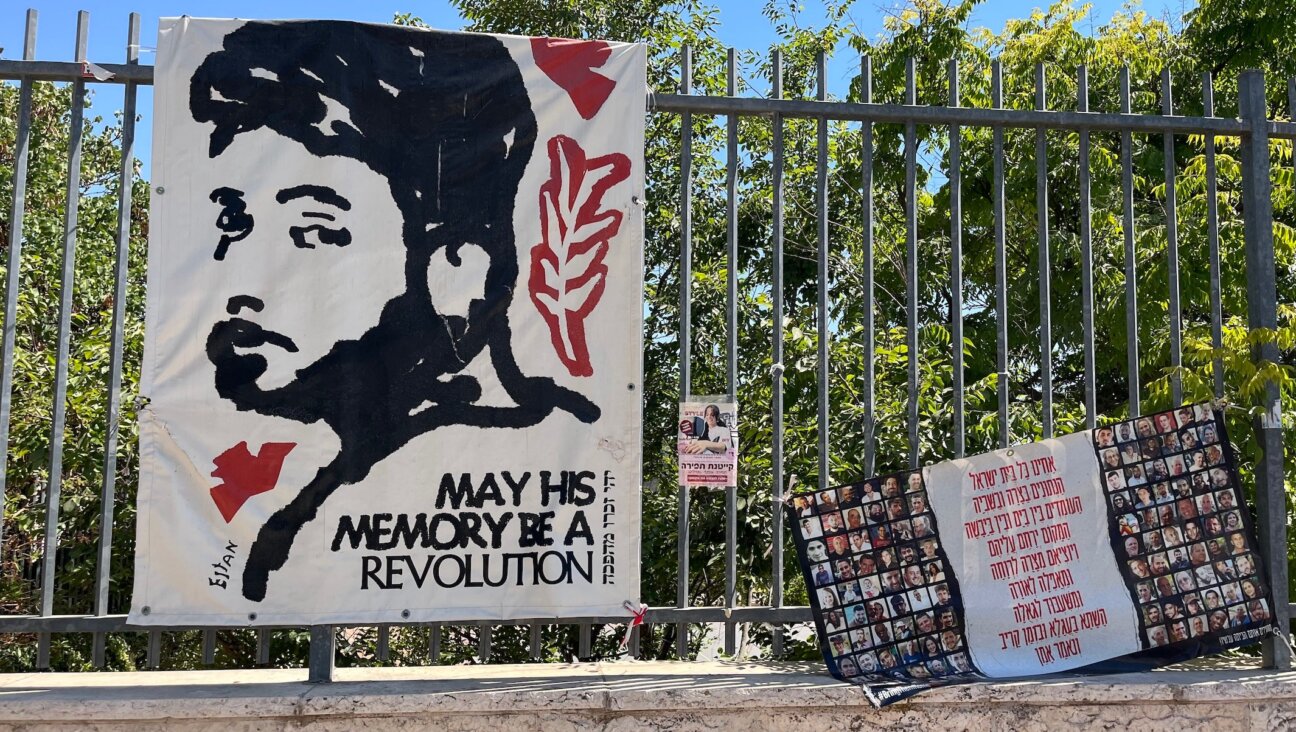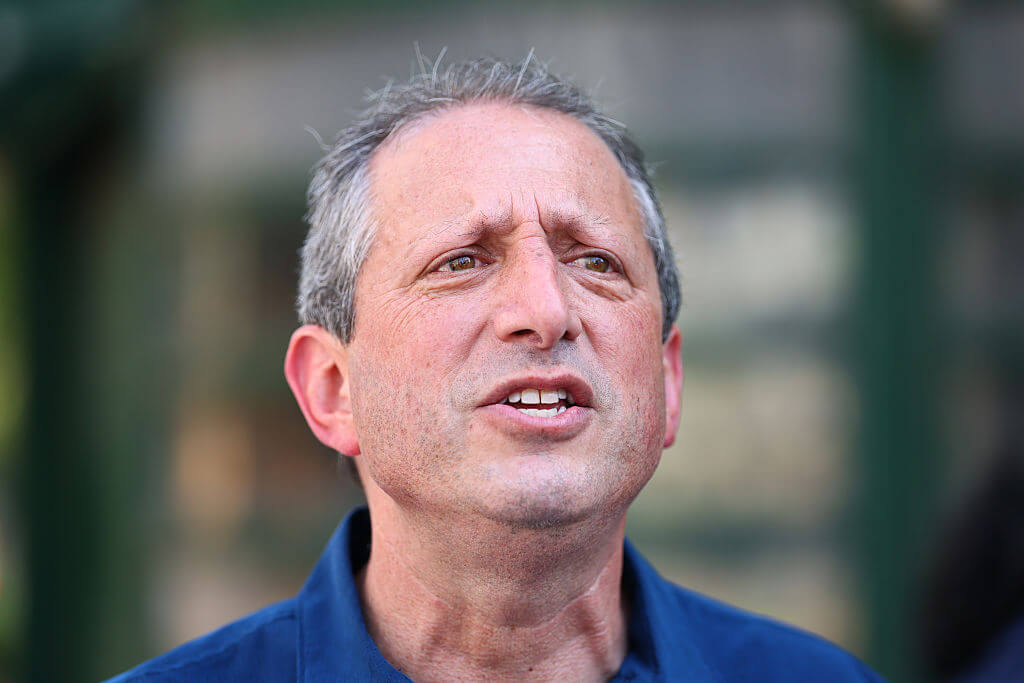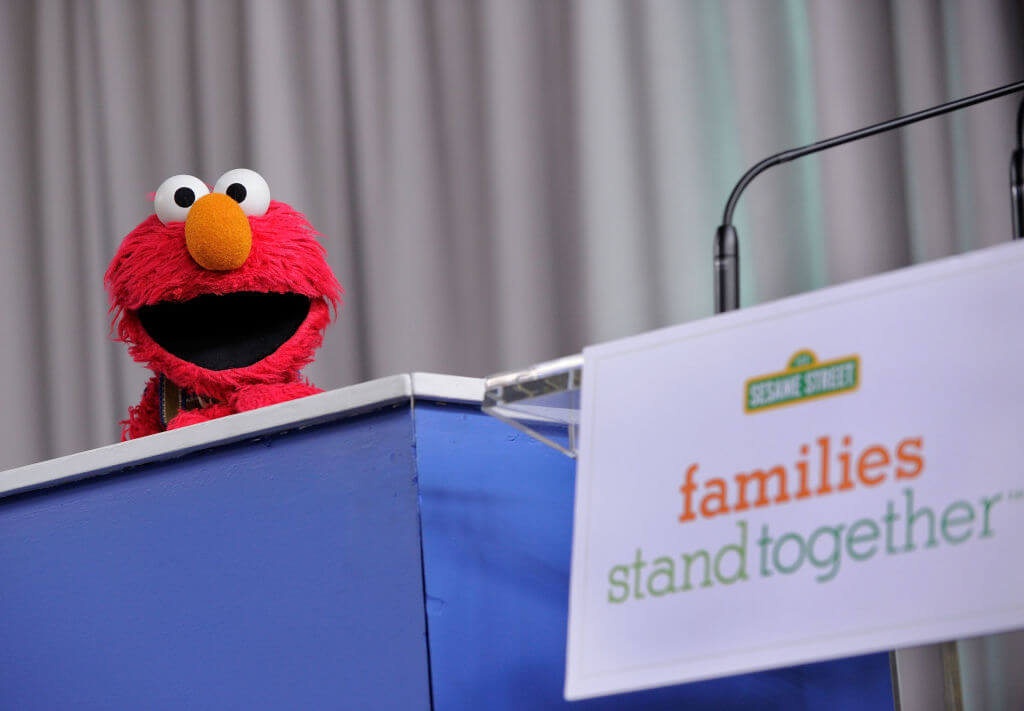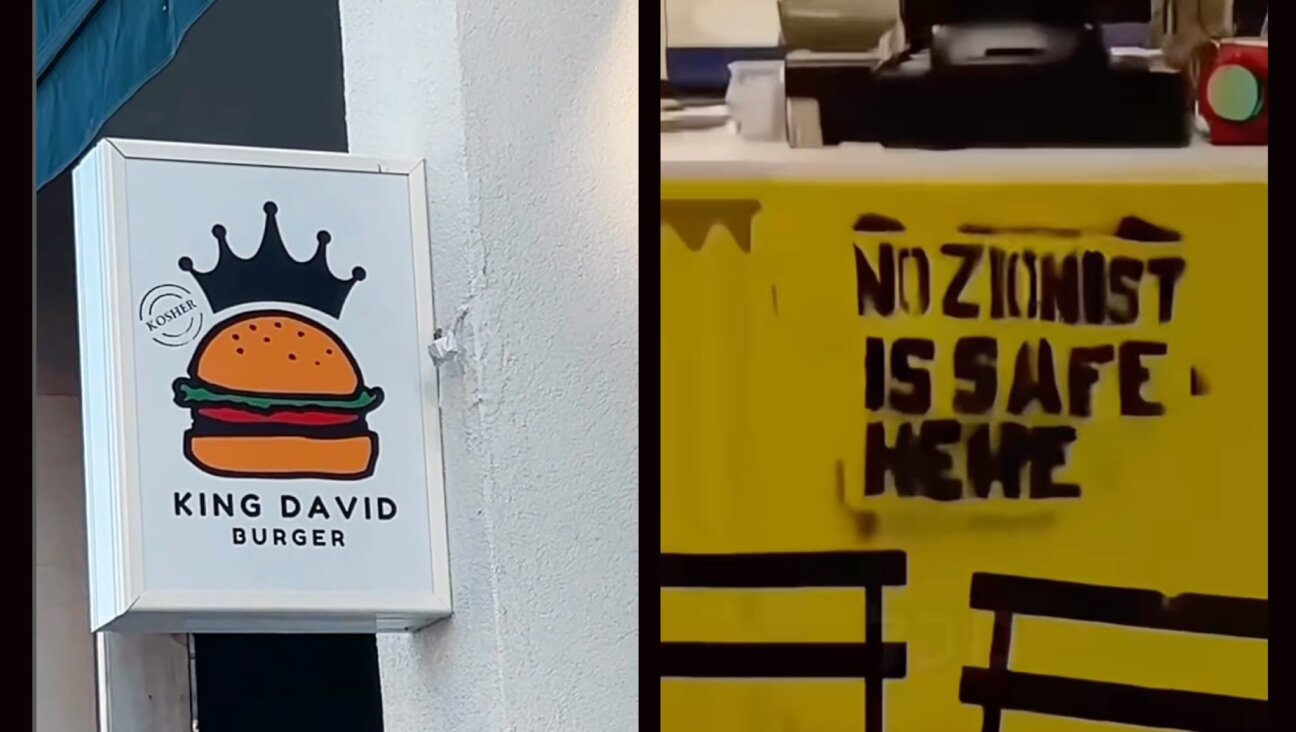At least 45 crushed to death in stampede at overcrowded Lag Ba’omer event in Israel

Ultra-Orthodox Jews gather at the grave site of Rabbi Shimon Bar Yochai at Mount Meron in northern Israel on April 29, 2021 as they celebrate the Jewish holiday of Lag BaOmer, marking the anniversary of the death of the Talmudic sage, approximately 1,900 years ago. Photo by Jalaa Marey / AFP via Getty Images
At least 45 Haredi Jews were killed in northern Israel early Friday morning, the authorities said, when a stampede erupted during Lag B’Omer festivities on Mount Meron that drew some 100,000 people despite warnings that it could become a COVID-19 super-spreader event. At least 150 were injured, many of them seriously, with at least six helicopters evacuating people to nearby hospitals.
Prime Minister Benjamin Netanyahu called it “a terrible disaster” and requested that rescue authorities bolster their presence at the scene, tweeting that “we are praying for the recovery of the injured.” The Israeli news site Ynet described the tragedy as “a human avalanche.”
נורא לראות את הצפיפות שהיתה במעבר הצר, ואת הדוחק העצום שהוביל בסוף לאסון הקשה והמחריד. pic.twitter.com/1RE7FggFXt
— ישראל כהן (@Israelcohen911) April 29, 2021
Since the site was so densely populated, search and rescue authorities say they struggled to evacuate trapped people. It appeared the disaster began when some revelers fell on a stone walkway made slippery by spilled water and grape juice.
Chaos reigned, as cell-phone reception had crashed in the area, making it difficult for families to find their loved ones, many frantically searching for missing children. The New York Times reported that some rabbis tried to restore calm by reciting psalms for the hundreds of wounded onstage even as ambulance services arrived and were working to resuscitate people. Army Radio reported that children were among the dead.
“There were moments I felt like I was going to die,” Avreimi Nivin, who is from Jerusalem, told Ynet from the hospital in nearby Safed where he was being treated. “There were people beneath me who were not breathing – children and old people. All I could think about was my three-month-old baby. I did not want him to grow up an orphan.”
סרטון הזוי, דקות ספורות לפני האסון הקשה נראים האנשים מצטופפים במדרגות ונתקלים במחסום אנושי שעוצר אותם. מה גרם לדוחק להתפרץ בבת אחת ולציבור להימחץ? pic.twitter.com/4VBzW5jfNE
— ישראל כהן (@Israelcohen911) April 29, 2021
“I had just sat down to eat when I heard the screams,” Avi, a witness who helped treat the injured told Haaretz. “We rushed to help, and then we saw the bodies. At the start it was about 10. Now, there’s many more,”
Another witness said: “It happened in a split second; people just fell, trampling each other. It was a disaster.”
Pictures and videos from the scene showed bodies covered in blankets and bags, and rescue workers trying to set up a field hospital in the crowds. Earlier, videos from the scene had shown throngs jumping up and down to music.
In response to the disaster, Israel’s train service began operating trains from the northern station in Carmiel to Tel Aviv to help clear crowds.
Two different witnesses told Haaretz that a police barricade prevented people from exiting and caused overcrowding. Witnesses interviewed by Ynet described how an orderly exit devolved into a deadly crush.
“It was slippery and for some reason people stopped moving, but others from behind just kept coming. Hundreds were shouting that they could not breathe,” said one, Chaim Wertheim. “I passed out a few times.”
Another, Dvir Cohen, said that “hundreds” fell on top of him and that emergency workers pulled people from the rubble “like Lego bricks.”
“Big people fell onto little people,” he said. “I was trapped for something like 10 minutes but thank God I did not break any bones and I am fine.”
Israel Police commissioner Kobi Shabtai arrived at the scene. Earlier in the evening, both Shabtai and Public Security Minister Amir Ohana were at Mount Meron to watch security forces prepare for the mass event.
Jake Sullivan, President Biden’s national security adviser, offered condolences on Twitter, wishing a “full and swift recovery to those injured.” President Reuven Rivlin also offered his condolences, as well as Yair Lapid, leader of the Yesh Atid party, who tweeted that he is closely following developments on this “sad and difficult night.”

Israeli Prime Minister Benjamin Netanyahu visits the scene where dozens were killed in crush at a Lag Ba’omer celebration at Mount Meron. Photo by Ronen Zvulun/Getty Images
Tens of thousands of Hassidic Jews participated on Thursday in the annual Lag Ba’omer festivities at the tomb of Rabbi Shimon Bar Yochai, making it the largest event held in Israel since the coronavirus pandemic broke out last year.
Attendance at the event, located at the foot of Mount Meron and set to continue until midday Friday, was higher than it was last year, when festivities were held under restrictions that were meant to halt the spread of the virus. It was still lower than was the norm before the pandemic, however. The Times reported that buses were still arriving for the days-long celebration when the tragedy began around 1 a.m. Israel time, and thousands had been expected to pour into the area later Friday.
“It was unpreventable”
Senior police figures tried to deflect blame for the deadly stampede from the northern district commander, Maj. Gen. Shimon Lavie, the official who signed off on preparations for the evening’s events.
“Imposing the responsibility on Lavie isn’t right, this event was unpreventable,” a senior police source told Haaretz.
Police sources told Haaretz that in the days leading up to the event, the site was checked for any structural problems. The sources added that people slipping on the stairs “was out of our control.”
“The event is under investigation, but it’s worth noting that this year, there are fewer people on the mountain” than prior years, the source said.



















